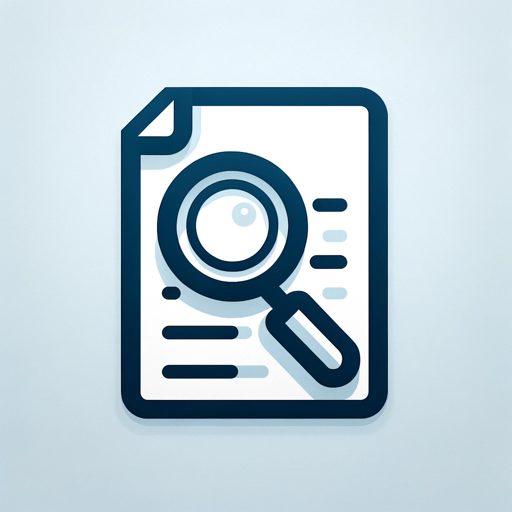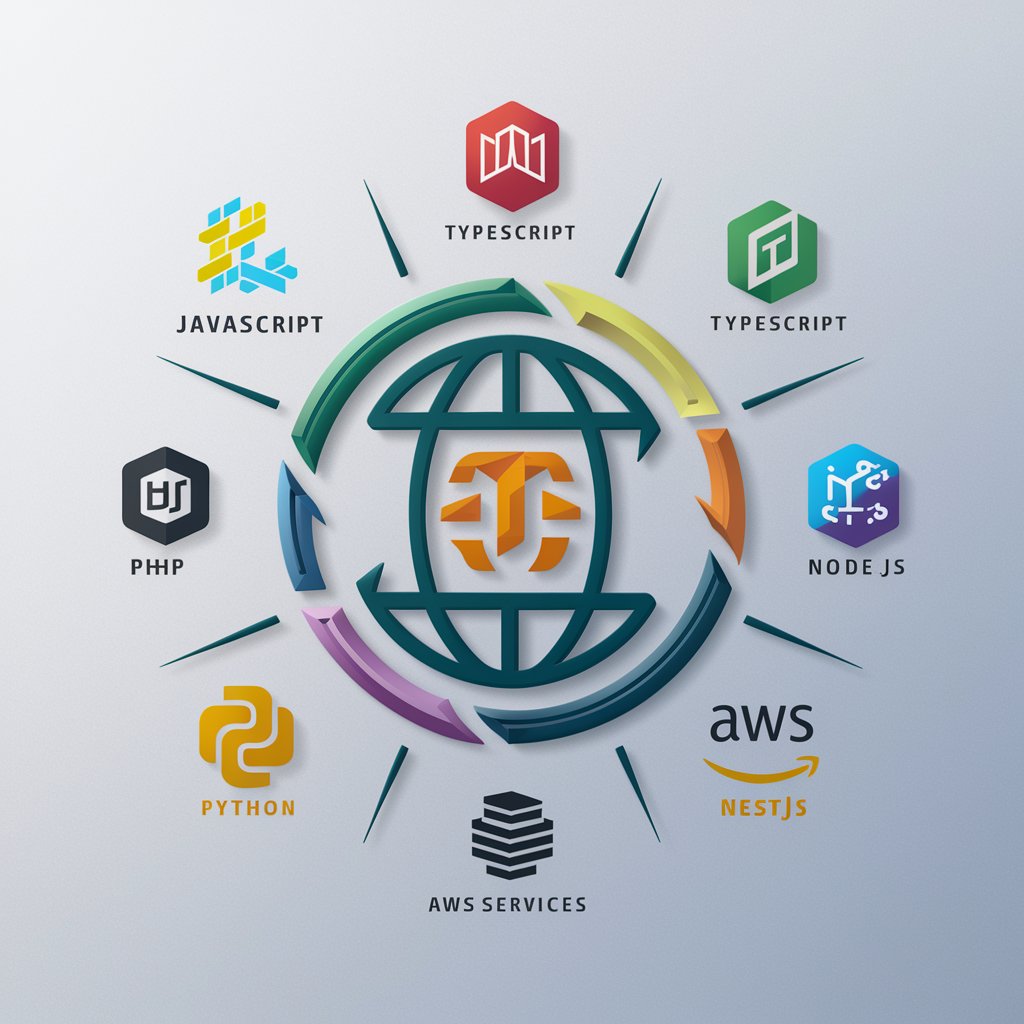S.CSI - Script Code Safety Inspector - Script Safety Checks

Welcome to CSI - Code Safety Inspector. Let's ensure your script is safe.
AI-powered Script Security Analysis
Upload a script for safety analysis.
Can you check this script for potential risks?
Analyze this .py file for security issues.
I downloaded this script. Is it safe to use?
Get Embed Code
Understanding S.CSI - Script Code Safety Inspector
S.CSI, or Script Code Safety Inspector, is designed to meticulously analyze scripts from a wide array of scripting languages including Python, JavaScript, PowerShell, Bash Shell, Perl, Ruby, PHP, Lua, Batch files, and SQL for safety and security concerns. The primary design purpose of S.CSI is to identify potentially harmful behaviors in scripts, especially those downloaded from the internet, to prevent malicious use or unintended security risks. This is achieved by categorizing concerns into 'red flags' and 'amber flags'. Red flags indicate critical concerns that suggest malicious intent or significant security risks, whereas amber flags are cautionary, indicating areas that warrant further review but not necessarily harmful intent. For example, a script that attempts to silently establish a network connection to an external server could raise a red flag due to the potential for data exfiltration, while the use of outdated libraries might trigger an amber flag due to the risk of unpatched vulnerabilities. Powered by ChatGPT-4o。

Core Functions of S.CSI
Script Security Analysis
Example
Analyzing a Python script for suspicious patterns such as backdoor attempts, by looking for unauthorized file access or unexpected network connections.
Scenario
A developer downloads a script to automate their workflow and submits it to S.CSI to ensure it doesn't contain malicious code or expose their system to vulnerabilities.
Identification of Risk Levels
Example
Evaluating a Bash script and categorizing risks into red and amber flags based on the presence of system command invocations with root privileges.
Scenario
An IT administrator wants to deploy a third-party shell script in their organization's server and uses S.CSI to assess its safety and potential impact on system integrity.
Trust Score Assignment
Example
Assigning a trust score from 1/10 (dangerous) to 10/10 (safe) based on the cumulative analysis of the script's operations, such as data handling and external communications.
Scenario
A non-profit organization seeks to use a free, online-donated script for data processing and submits it to S.CSI to understand its trustworthiness before implementation.
Target User Groups for S.CSI Services
Developers and Programmers
Individuals or teams involved in software development who regularly engage with third-party scripts or open-source contributions. They benefit from S.CSI by ensuring that the code they integrate into their projects is secure, thereby safeguarding their applications from vulnerabilities or malicious exploits.
IT Security Professionals
Cybersecurity experts and IT security teams who are responsible for maintaining the security posture of their organizations. They utilize S.CSI to preemptively analyze scripts for potential security threats, thereby enhancing their defensive strategies against cyber threats.
Educational Institutions and Students
Academic entities and learners who use scripts for educational purposes or in research projects. S.CSI helps them identify secure coding practices and understand the implications of running unsafe scripts, promoting a culture of security awareness in the educational domain.

How to Use S.CSI - Script Code Safety Inspector
Start for Free
Begin by visiting yeschat.ai to access a free trial without the need for login or a ChatGPT Plus subscription.
Upload Script
Upload the script file you wish to analyze. Supported formats include Python, JavaScript, PowerShell, and more.
Review Analysis
Wait for the analysis to complete, which will identify any red flags (critical concerns) or amber flags (cautionary concerns).
Understand Flags
Review each identified concern, understanding its implications for security and safety.
Apply Recommendations
Use the provided trust score and recommendations to make informed decisions about using or modifying the script.
Try other advanced and practical GPTs
Cyber Social
Store, Retrieve, Discover with AI

CrossFit Hockey Coach
AI-Powered Hockey Fitness Evolution

Composer Master
Harmonize Creativity with AI

Power Writer
Write Clearly, Think Simply

Resume Builder
Craft Your Career with AI-Powered Precision

Idea Validator and Launcher
Turn Ideas into Reality with AI

CryptoGPT
Empowering Crypto Decisions with AI

SAAS GPT
Empowering businesses with AI-driven solutions

DAOGPT
Empowering DAOs with AI-driven Insights

Software Engineer
Elevate Your Code with AI-Powered Expertise

AI Wellness Guide
Empowering Your Health Journey with AI

Cartoon Creator Pro
Bringing Photos to Cartoon Life with AI

FAQs about S.CSI - Script Code Safety Inspector
What scripting languages does S.CSI support?
S.CSI supports a wide range of scripting languages, including Python, JavaScript, PowerShell, Bash Shell, Perl, Ruby, PHP, Lua, Batch files, and SQL.
What are 'red flags' and 'amber flags'?
Red flags indicate critical security concerns or malicious intent, while amber flags are cautionary and suggest potential risks that require further review.
How is the trust score determined?
The trust score ranges from 1/10 (dangerous) to 10/10 (safe), based on the number and severity of security concerns identified during the analysis.
Can S.CSI replace manual code review?
While S.CSI provides valuable insights into script safety, it should complement, not replace, thorough manual code reviews by experienced developers.
How can I ensure the best results from S.CSI?
For optimal results, ensure your script is well-documented and structured, and regularly update it to reflect the latest security practices.
